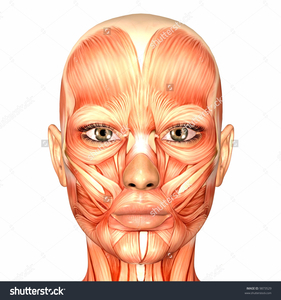27948761
Airbrush Makeup (B)
Description
No tags specified
Resource summary
Question 1
Question
What are the good qualities of a safe, hygienic and efficient work area for airbrush makeup?
Answer
-
clean, tidy, good ventilation and lowlighting
-
clean, tidy, good ventilation and good lighting
-
clean, tidy, no ventilation and soft lighting
-
clean, tidy, low ventilation and natural lighting
Question 2
Question
Which of the following contra-indications will prevent an airbrush makeup service?
Answer
-
Impetigo
-
Broken capillaries
-
watery eyes
-
pustules
Question 3
Question
It's important to use good safety and hygiene practices during airbrush makeup as it gives a professional image and...
Answer
-
prevents any possible cross- contamination
-
ensures the client will like you
-
ensures the clients will come back
Question 4
Question
Why is it important that you only mix products with similar ingredients?
Answer
-
to give a professional image
-
as you will waste less product
-
to ensure product compatibility
Question 5
Question
Which skin type are silicone based airbrush products (such as foundation) suited to the best?
Answer
-
Dry skin
-
Oily skin
-
Sensitive skin
Question 6
Question
How often should you recommend a client cleanse, tone and moisturise their skin?
Answer
-
Twice a week
-
Twice a day
-
Once a day
-
Whenever they feel like it
Question 7
Question
What should you do if a contra-action occurs during a service?
Answer
-
remove the makeup quickly with water and rebook the client in for another time
-
stop the treatment immediately, remove the makeup using suitable products and refer to a GP for further advice
-
remove the makeup, give it 5 minutes before carrying on with the application
Question 8
Question
What are the characteristics of dry skin?
Answer
-
small tight pores, flaky and dull skin
-
enlarged pores, excess oils and spots
-
dropped contours, fine lines and wrinkles, loss of elasticity
Question 9
Question
how does the skin inhibit the growth of bacteria?
Answer
-
by producing Vitamin D
-
by creating excess sebum
-
by forming the acid mantle
-
by maintaining a body temperature of roughly 37C
Question 10
Question
What is the protein formed in the dermis called?
Answer
-
Vitamin D
-
Collagen
-
Keratin
Question 11
Question
Which cells in the body produce pigment for the skin?
Answer
-
erythrocytes
-
thrombocytes
-
lymphocytes
-
melanocytes
Question 12
Answer
-
hair root
-
hair follicle
-
arrector pili muslce
-
nerve ending
-
sweat pore
-
sebaceous gland
-
nerve ending
-
blood vessels
-
hair bulb
-
hair shaft
-
nerve fibre
-
epidermis
-
nerve ending
-
adipose tissue
-
dermal papilla
-
hair root
-
sweat gland
-
sebaceous gland
-
subcutaneous layer
-
epidermis
-
sebaceous gland
-
blood vessels
-
dermis
-
epidermis
-
nerve fibre
-
hair root
-
epidermis
-
dermis
-
sebaceous gland
-
sweat pore
-
hair shaft
-
hair
Want to create your own Quizzes for free with GoConqr? Learn more.

